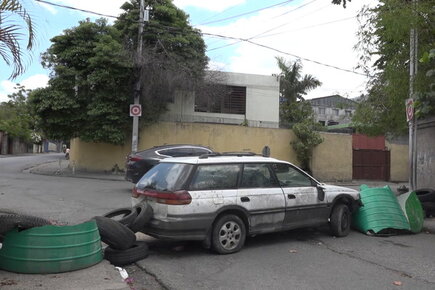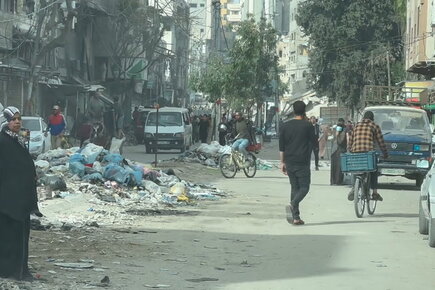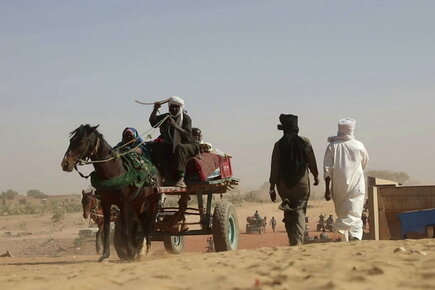El Nino’s Hidden Impact on People living with HIV-AIDS (For the Media)
The impacts of El Nino pose a serious challenge to the global goal of Ending AIDS by 2030. People living with HIV (PLHIV) are particularly vulnerable to food insecurity. There is a correlation between food insecurity and treatment adherence, retention and success. PLHIV who initiate treatment while severely malnourished are two to six times more likely to die in the first six months of treatment. There is also a correlation between El Niño-induced drought and HIV infection rates; a 2014 study of 18 El Niño affected countries in sub-Saharan Africa, including Lesotho, Malawi, Mozambique, Swaziland, Zambia, and Zimbabwe found that infection rates in HIV endemic rural areas increased by 11% for every recent drought. Food insecurity can pressure households and individuals into unsustainable or harmful coping strategies, including risk behaviours (e.g., transactional sex), which drive new HIV infections.
Length
3'14"



